QEEG 'Brain Mapping' Assessment
Our EEG analysis techniques, used by leading clinics and research institutions around the globe, allow us to reveal the underlying brain activity linked to conditions such as ADHD, sleep disorders, and other mood and cognitive disorders.
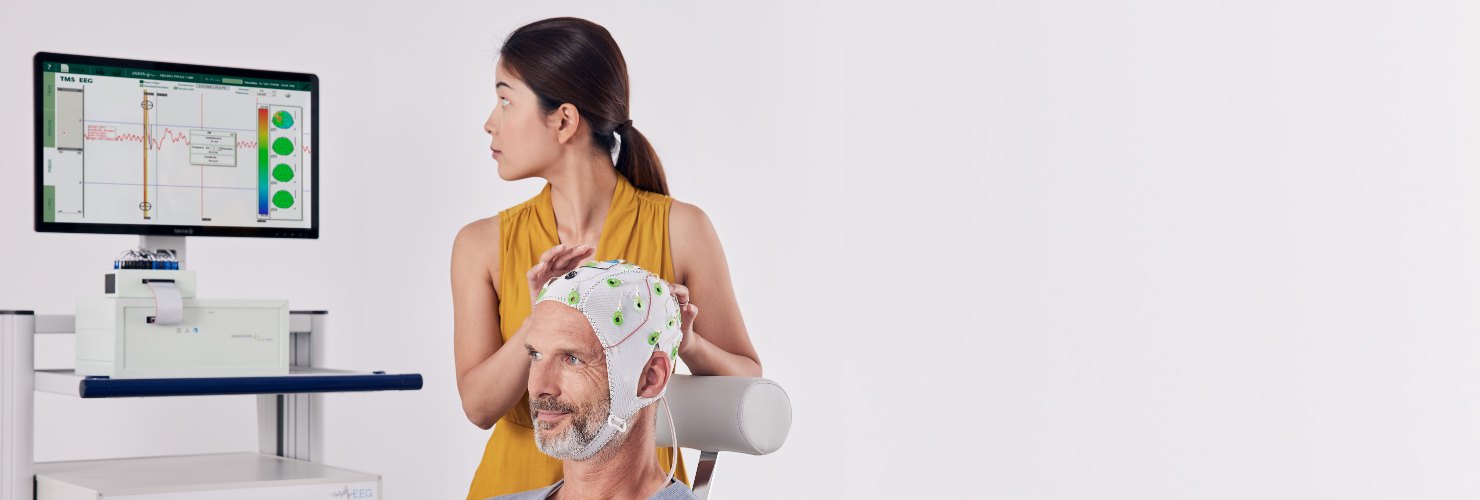
What is a QEEG assessment?
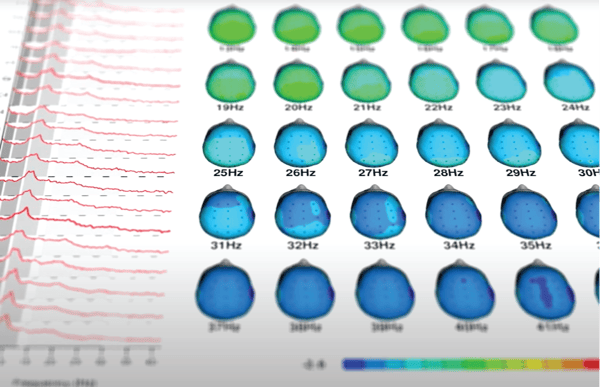
EEG (Quantitative Electroencephalogram) is a diagnostic tool that measures electrical activity through the surface of the head in the form of brain wave patterns. Quantitative EEG (QEEG) analyses and interprets these patterns, converting them into maps of brain function, which is why the process is sometimes known as “brain mapping.”
Why are QEEG’s important?
QEEGs are a safe and well-known assessment method used in scientific research and clinical practice.
neurocare dedicates significant resources and training into ensuring we capture accurate QEEG readings. The results can reveal important information about your overall brain function including patterns associated with impulsivity, cognitive inflexibility, anxiety and other negative symptoms or feelings you may be experiencing.
The process records and measures brain activity across 26 different locations of the brain capturing the dynamic changes taking place in the brain during cognitive processing tasks. This allows our clinicians to develop a personalised program to assist in achieving mental wellness in a relatively short time frame.
The role of our clinical team
Interpreting the data from a QEEG report requires specialist training that not all mental healthcare professionals possess.
No two people are the same, for instance two people diagnosed with ADHD might not have the same underlying cause of their symptoms.
Through QEEG analysis, our clinicians are able to examine your individual symptoms to see if they are explained by the activity shown in particular regions of the brain. This is used to determine the most effective solutions to help you change your brain.
Preparing for your QEEG
So that we can measure your brain activity reliably, it is important that to follow the steps below on the morning/day of your assessment.
- Ensure your hair is clean and washed that morning (but do not use conditioner). Your hair will need to be fully dry before attending your appointment.
- Do not use styling products (e.g. hairspray, gel, wax, mousse). Such products can interfere with the EEG measurement.
- Do not apply make-up or greasy face creams.
- Wear comfortable clothes and avoid wearing a top/shirt with a high collar (one electrode will need to be placed on your upper back).
- Do not consume caffeine (coffee, cola, tea, energy drinks) for at least 2 hours before your assessment.
- Do not smoke/ consume tobacco for at least 2 hours before your assessment. If you are a heavy smoker please limit your smoking as much as possible and contact us if you have any concerns.
- You are advised to continue taking any medications as prescribed by your doctor. Do not make any changes on account of doing the QEEG.
What to expect during your QEEG assessment
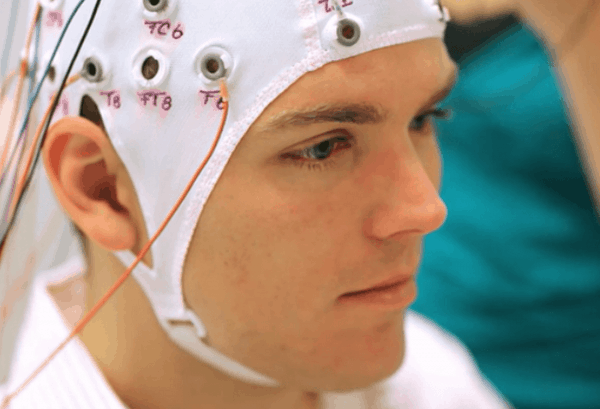
QEEG Assessments usually take 2 hours and are booked on a separate day after your first consultation.
Getting started
We need your written consent to perform the QEEG and agreement to us using the data confidentially for research and training purposes. Upon arrival you be taken to the QEEG lab where you will sit and answer some initial questions on a computer about how you are feeling that day, and whether you are prepared to do the QEEG.
Placing the cap
A technician (sometimes also your therapist) will measure your head to determine the location of the electrodes. Some areas of the scalp or face may be lightly cleaned with an alcohol wipe so that we can achieve good contact with the skin. A cap of electrodes will then be fitted over the head, it contains 26 electrodes to measure electrical activity, eye movement, muscle tension and heart rate.
NOTE: the electrodes are perfectly safe, they only pick up activity from your head, they do not discharge any electricity.
Recording the EEG
We start to measure brain activity once the cap has been set up. Your brain waves will be measured while you complete some basic tasks. Further instructions are given on computer screen and through a headset and your therapist or technician will be nearby to monitor the process. Parents may sit in the room to help if their child is doing the QEEG, it is okay to assist in answering the questions.
After the cap of electrodes have been removed, you will be offered access to a shower or washroom if you wish to remove any excess electrode gel.
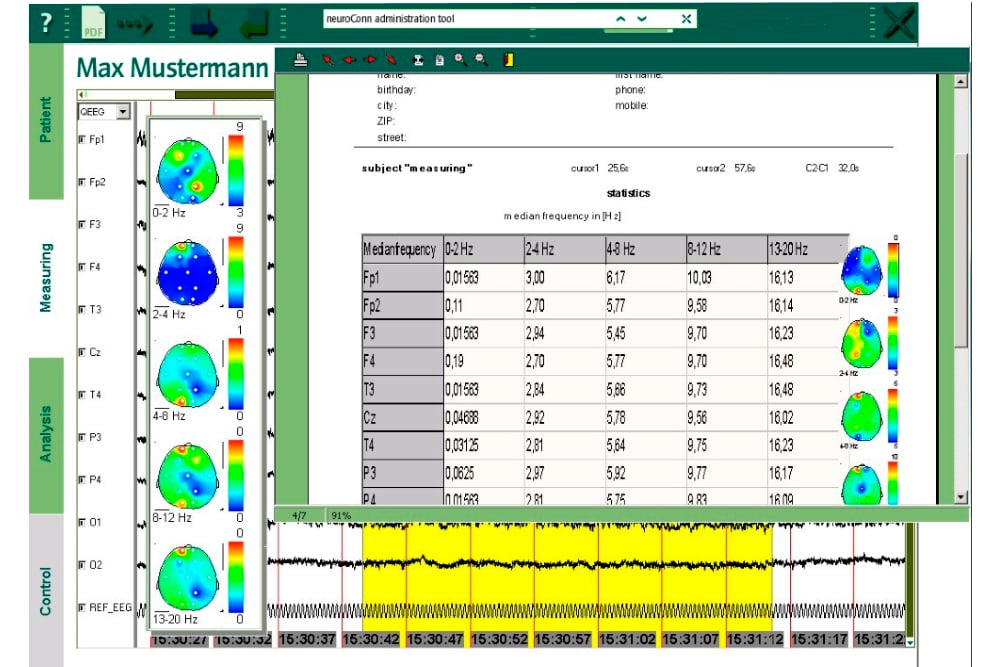
Analysis of your QEEG
Once we have successfully recorded your brain activity, our global research labs analyze the data. Your clinician is also supported by neurocare's network of global neuroscience and mental health experts who help interpret the brain activity information collected during your assessment.
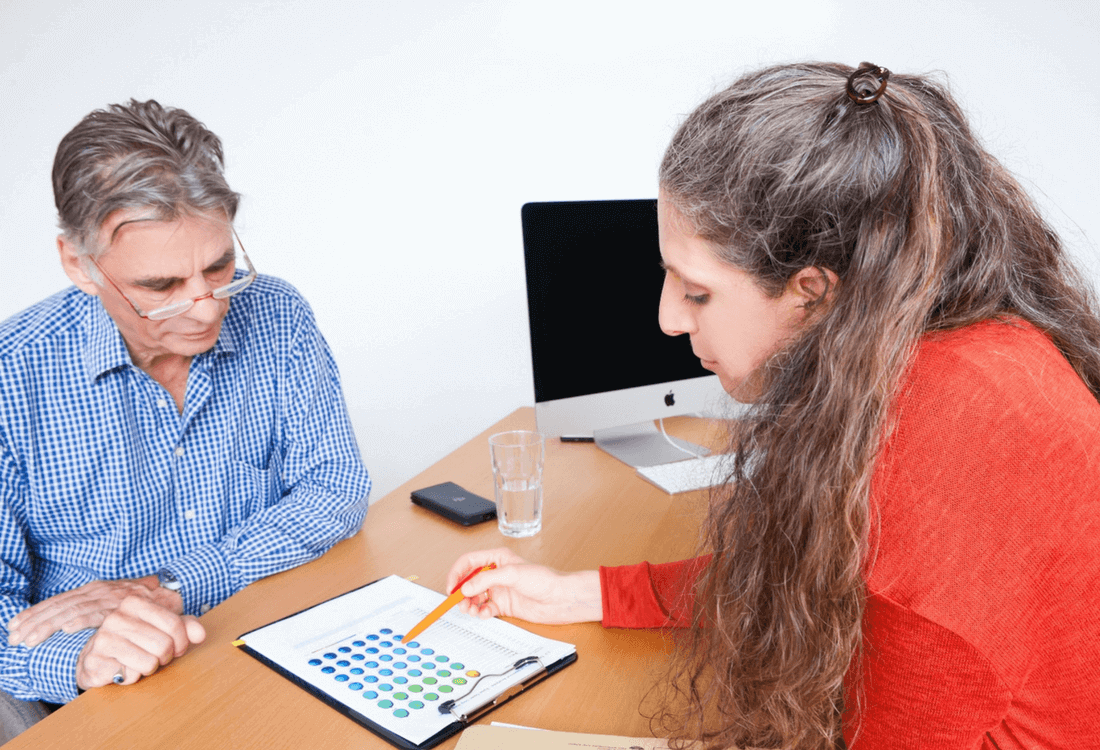
Depending on the availability of your clinician, you can expect to schedule a follow-up appointment approximately two weeks after your assessment. During this appointment, your clinician will go through the data with you and explain the results.
From here, you can discuss your treatment options and receive tailored recommendations based on your situation. Depending on your individual needs and suitable, you may be recommended an intensive neuromodulation program, such as Neurofeedback or TMS, or personalized lifestyle recommendations and behavior-based techniques.
Not sure if our services are right for you?

